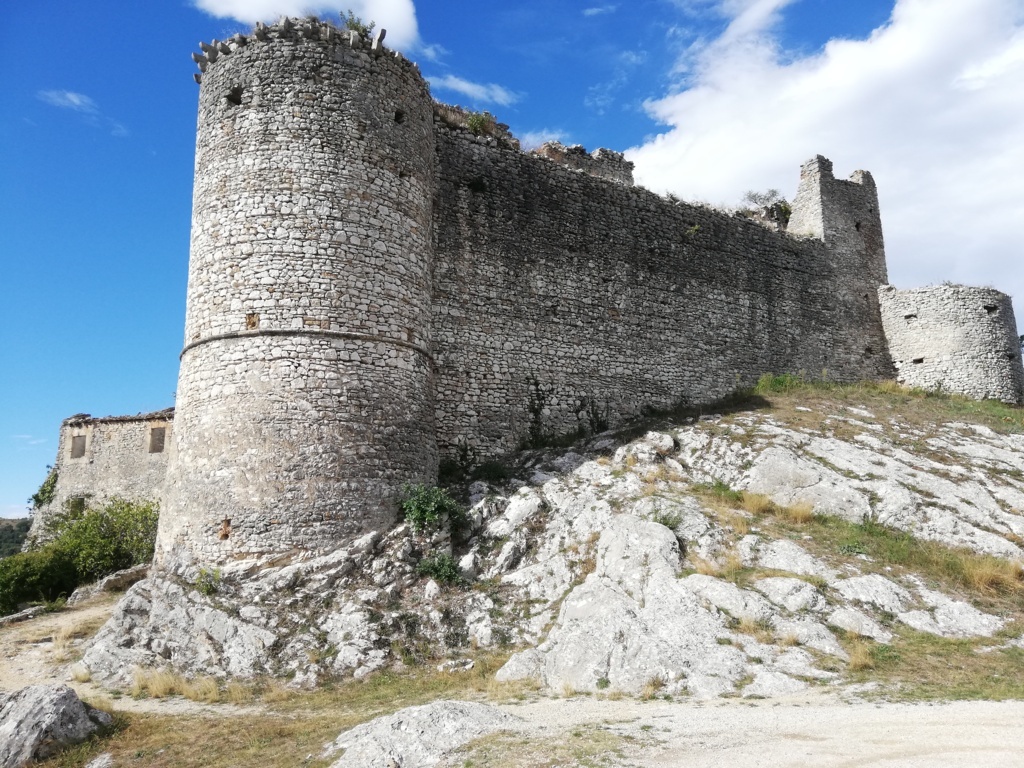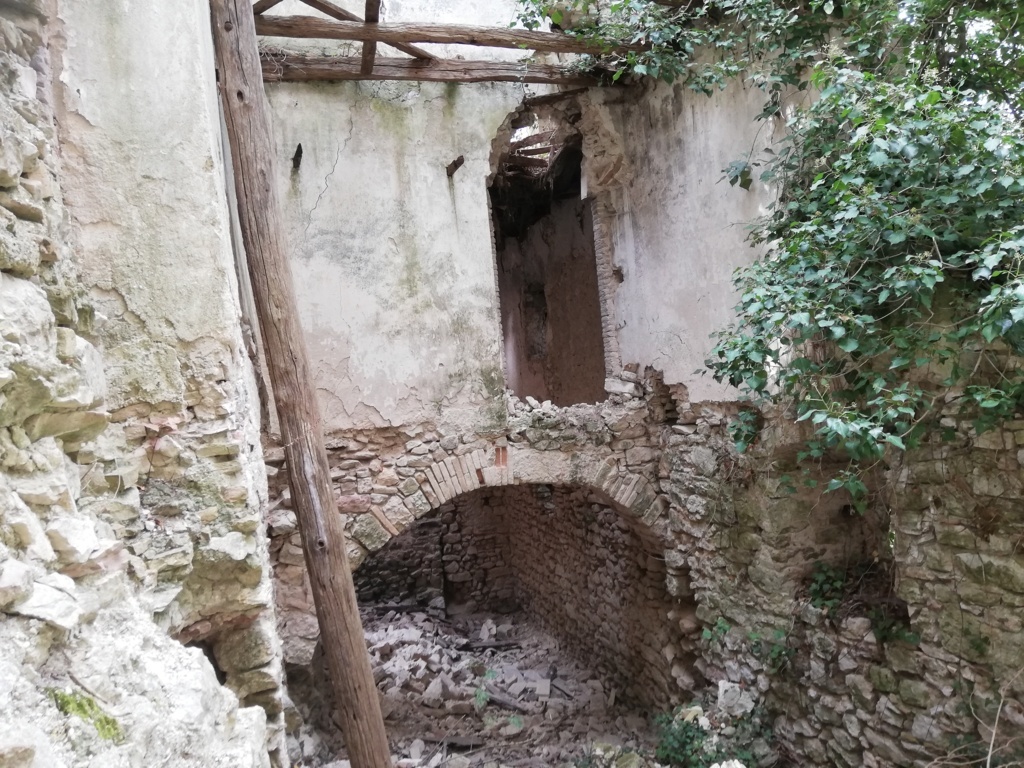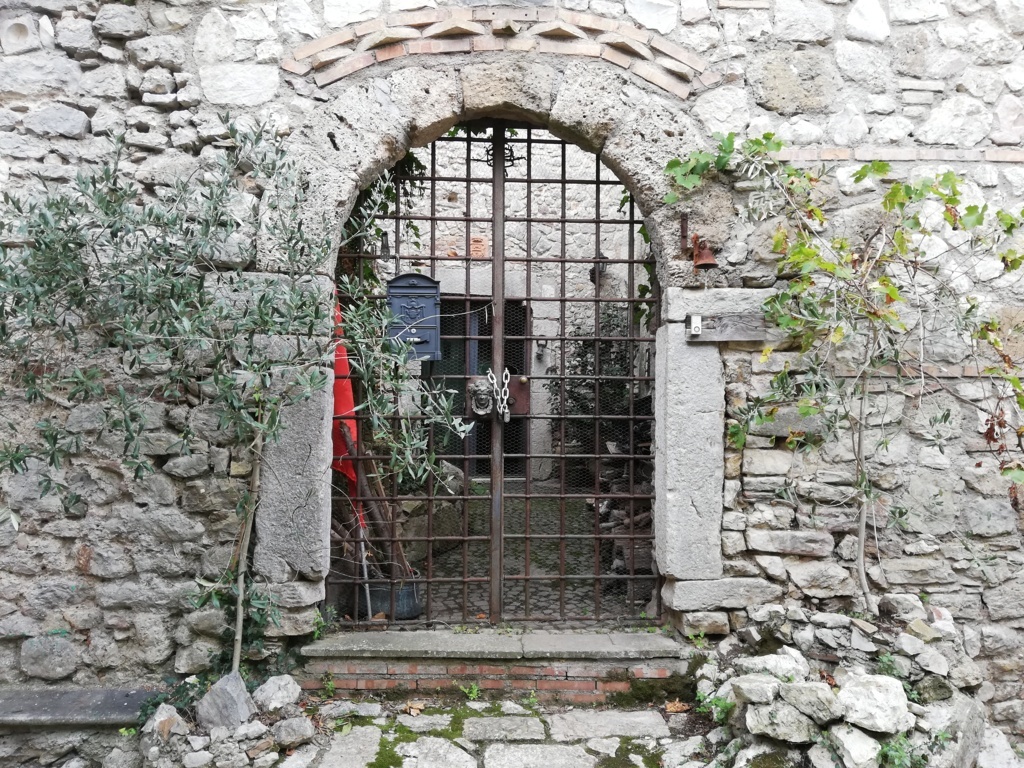Two fortresses with a different destiny: Le Rocchette and Le Rocchettine

In Italy a rapid industrialization process and the extreme poverty of rural areas caused a phenonomen that is typical of the Belpaese: ghost towns.

Nothing is as fascinating as these places. For those who have a lot of imagination and just a bit of knowledge they give us a window overlooking the past, showing us the way our resourceful ancestors lived everyday life.
The Sabina region, between Rome and Umbria, offers a few splendid examples of abandoned towns.


Le Rocchette (Rocca Bertalda) and Le Rocchettine (Rocca Guidonesca) are two fortesses from the XII-XIII century situated on the sides of the Aia creek that used to perch above an important road that connected Rieti and its surroundings to the Tiber Valley. They went through similar historical paths, following the destiny of the area, being part of the Papal States and then under the rule of the noble families, the Savelli first and Orsini later, and then being directly controlled by the Papal States where in 1605the Papal Province of Sabina was established.

Le Rocchettine, which was completely abandoned in the 50’s, clearly shows the structure of the medieval castle, with its foundations built on a solid rocky outcrop. Entering the gate of the castle you will find the only restructured building, the church of San Lorenzo.

On the right side of the church you will gain access to what probably was the main square of the village through a gate that shows on top of the arch the crest of the Orsini family.
You can wander along the narrow alleys of the medieval hamlet amongst arches and vaults, skeletons of ancient houses made of stones, timber and terracotta.
In the partially inhabited hamlet of Le Rocchette you can still feel what daily life was like in agricoltural Italy until a few decades ago. The fortress here developed into a quaint hilltoptown: steep alleys, under a myriads of arches, that lead to pretty buildings and old ruins of houses that host wild wall gardens.






Unlike Tuscan or Umbrian villages Le Rocchette mantain a pristine look that, however, will not last for long.
I recommend to combine the visit to Le Rocchette and Le Rocchettine with a lunch at the Osteria della Cuccagna in nearby Configni.
You must be logged in to post a comment.